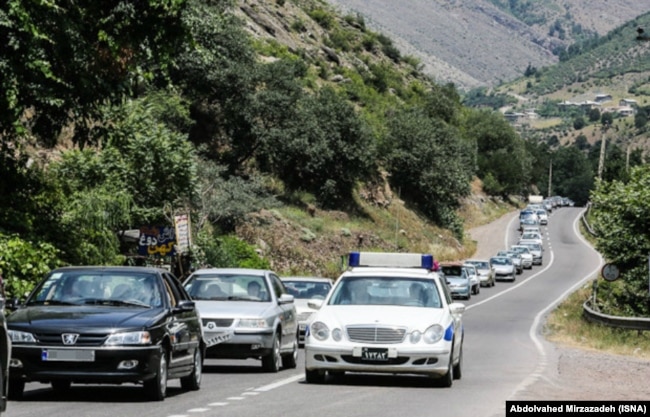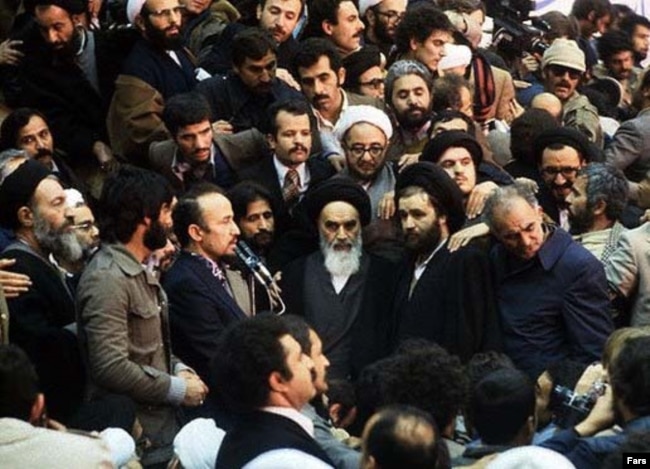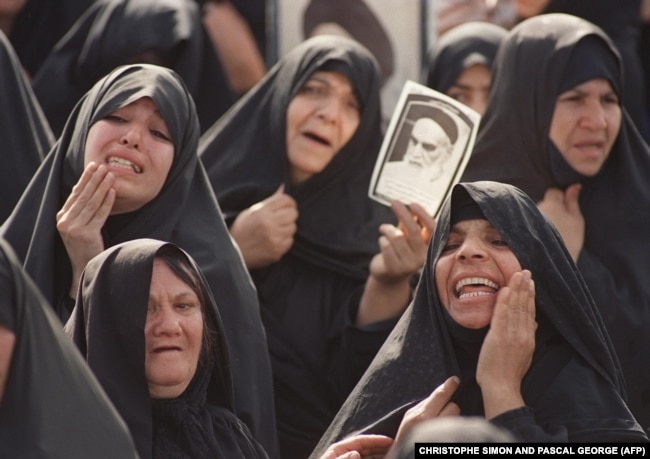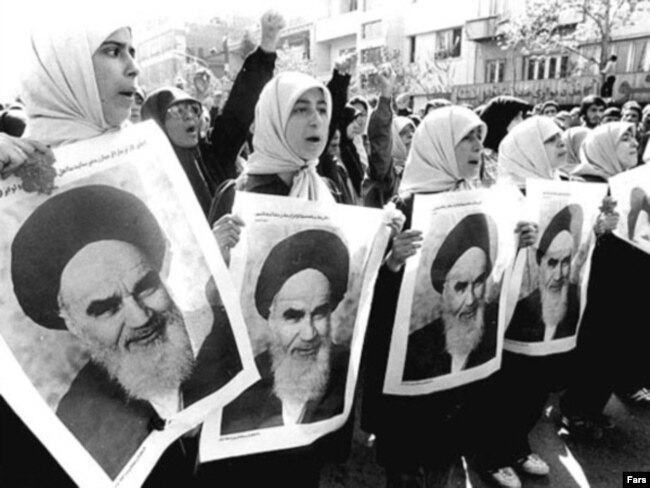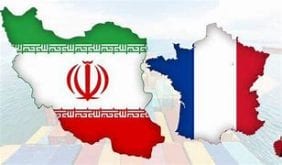Radiofarda – In an editorial to mark the June 4 anniversary of Ayatollah Rouhollah Khomeini’s death, the editor of a flagship hardline newspaper wrote a “performance report” stressing people’s dissatisfaction with the Islamic Republic.
In a June 2 editorial to mark the anniversary, Massih Mohajeri, the editor of hardline daily newspaper Jomhouri Eslami (The Islamic Republic), which was launched by Khamenei in 1979, lashed out at officials for forgetting Khomeini’s “lessons”.
“We are surrounded by a group of ‘yes men’ who praise us for what we do, but the people are not happy with our performance. The people’s dissent is because of us, not because of the revolution and the political system. They expect us to correct our behavior” Mohajeri wrote.
Mohajeri also criticized “the political system” for handing over the country’s leadership to a group of ultraconservatives for eight years, during which they “alienated Khomeini’s best and closest allies,” in a clear reference to Mahmoud Ahmadinejad’s presidency, adding that “they created long-lasting problems for the country.”
Monday June 4 is the 29th anniversary of the death of Ayatollah Rouhollah Khomeini in 1989, the man who founded the Islamic Republic in 1979 and led it for a decade.
A headquarters set up in Tehran to mark the anniversary called on Iranians to take part in the ceremony as “America is extremely isolated in the international scene and has confessed to the failure of its old plots, on the 40th anniversary of the Islamic revolution in Iran,” the report continued, naming the objective of the gathering as “reviewing Khmomeini’s lessons.”
The anniversary is one day ahead of another landmark, June 5, 1963, the day Khomeini’s first revolt against the monarchy witnessed demonstrations in Tehran and Qom.
Government organizations mark the anniversaries for five days every year, while during the past 29 years, most people have seized the opportunity to spend some quality time in Caspian Sea resorts.
Usually when the five days end, there are troublesome traffic jams on the roads that link the Caspian region to Tehran.
During this period, state-run Radio and TV are overwhelmed with programming that commemorates Khomeini as a religious leader, a politician and a poet. However, compared with the first years following his death, glamour and glitter of the ceremonies and TV programs have faded away.
Part of the diminishing status the man enjoyed after his death could be attributed to the overblown propaganda to raise the profile of current Supreme Leader Ayatollah Ali Khamenei, some of whose supporters lend him the title of Imam; a title Khomeini had earned with little official propaganda.
Khomeini’s political legacy includes the ruins of a war with Iraq which claimed over a million lives on both sides, loss of diplomatic relations with the United States that started with his support for the seizure of Washington’s embassy in Tehran in 1979, a miscalculation that has adversely affected every aspect of life in Iran for decades, and an unjustified enmity with regional players.
In domestic politics, he gave the hardest blow to his own regime by instilling uncertainty and ambiguity into the issue of political succession by removing his officially named successor and creating a situation marked by constant infighting over succession which also has weakened the incumbent leader.
But what was perhaps more damaging for Iran was the brutal suppression of many political groups and dissidents from the very beginning of the clerical rule following the revolution.
This solidified a political culture of intolerance, which led to large periodic protests followed by more repression.
In the meantime, the political establishment that amassed power after Khomeini, officially deprived his son and grandson from taking on even a mid-ranking political role, isolating them in his mausoleum as superintendents, where billions of rials is spent every year on a shrine built for a man who was known for his simple and modest life style.
Regardless of Rouhani’s absence, the show would go on as usual. Iran’s biggest airport, which is named after Khomeini, shuts down for four hours while Khamenei delivers a speech at the shrine on Wednesday, ISNA reported.
All Iranian agencies as well as the state TV predict “millions are going to turn up,” not mentioning the number of those leaving Tehran for an anniversary that has been losing its relevance and significance for many.
 Shabtabnews In this dark night, I have lost my way – Arise from a corner, oh you the star of guidance.
Shabtabnews In this dark night, I have lost my way – Arise from a corner, oh you the star of guidance.

